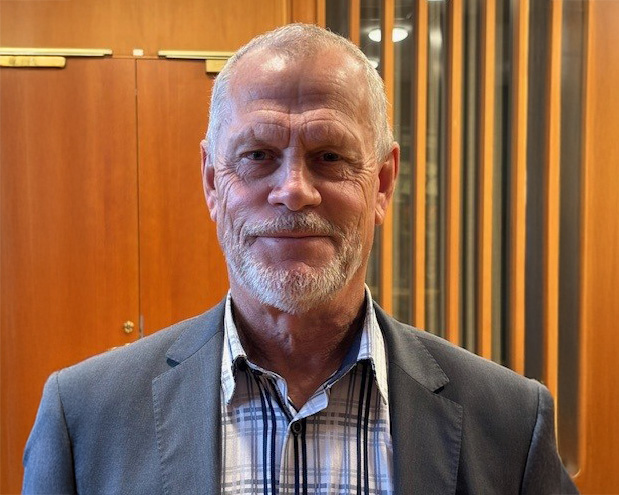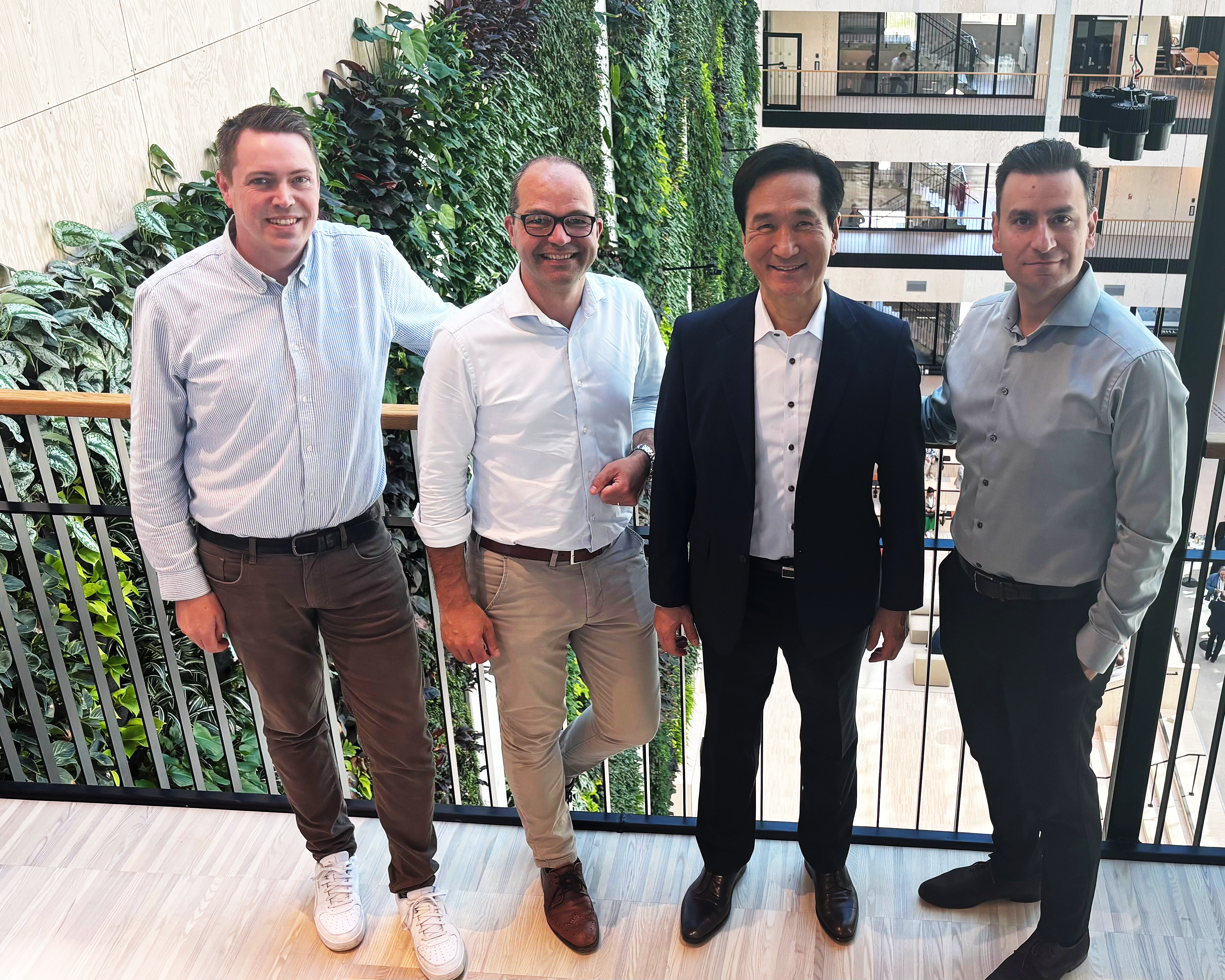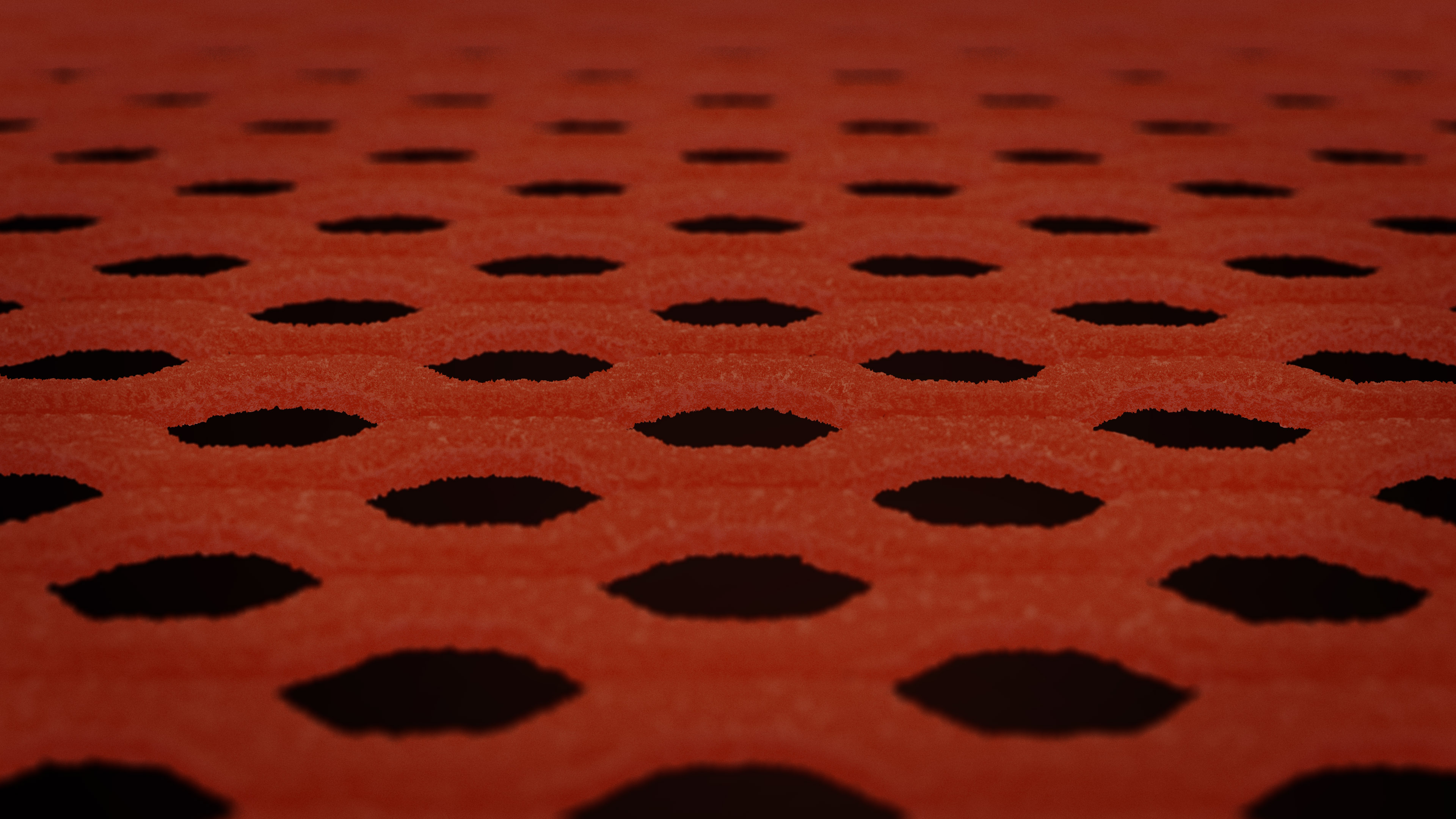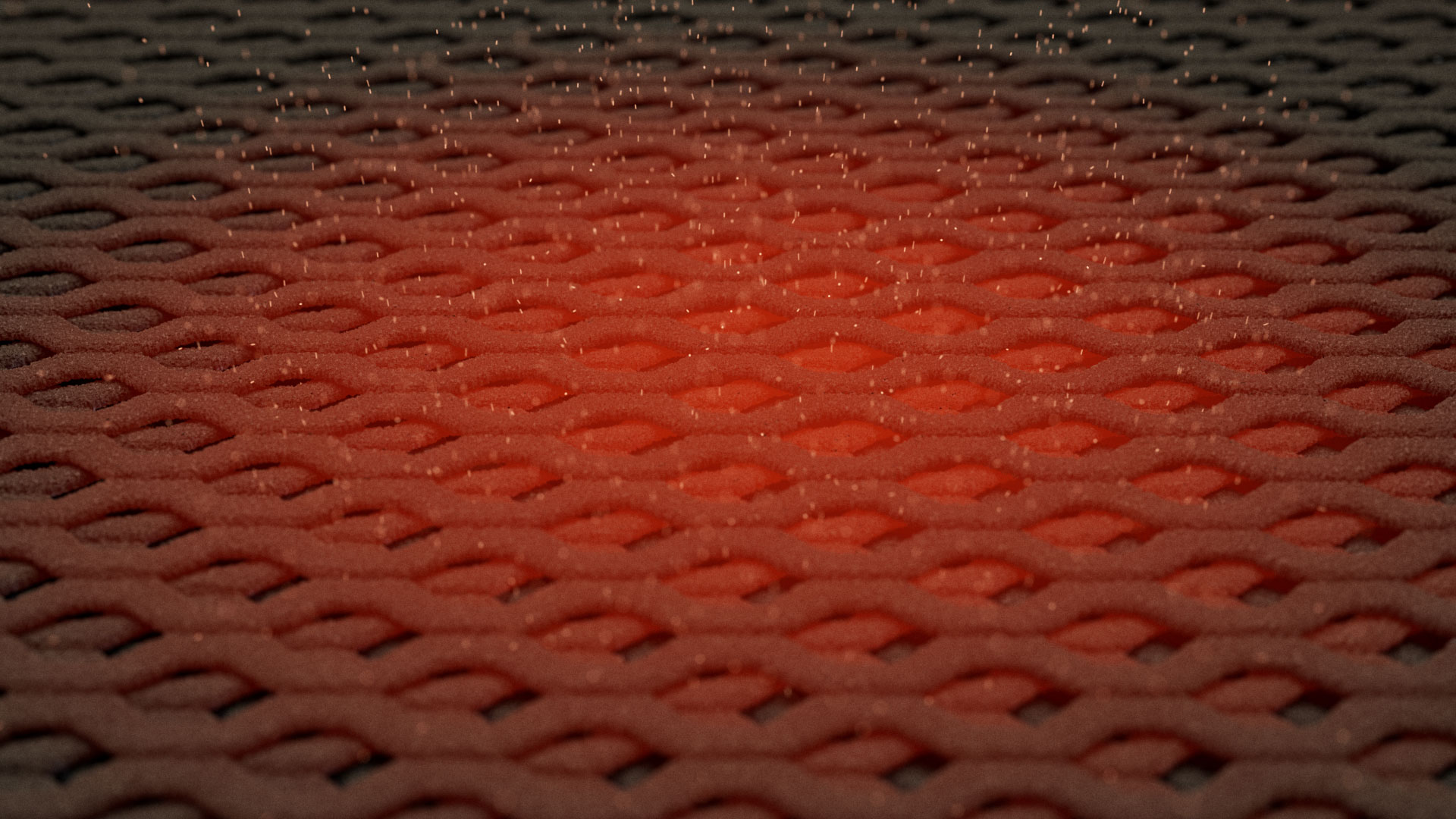CataLite® Burner technology enables emission free log-stove
The objective of the Eurostars-Vinnova financed CAT-Fire project is to develop a pioneering wood stove technology, with Catator catalyst technology inside. The stove will emit almost zero emissions, have low costs for heat production, minimal maintenance, maximum user comfort and a competitive price, which should make CAT-Fire a pioneering technology in the heating sector. At the heart of the CAT-Fire is an advanced combustion concept that fully utilizes the effects of primary emission control measures.
We’re innovating the basic design of conventional stoves. Innovations that reduce harmful gaseous and particulate emissions to levels significantly below the presently most stringent emission limits. Innovations with emission levels significantly below the currently best available technologies. The CAT-Fire technology is be based on the Rika logwood stove design series - Connect Wood.
Logwood stoves are popular room heaters with over 1 million units sold yearly in Europe. Present logwood stove technologies are criticised for their air quality impact, especially regarding dust. CAT-Fire’s new ultra-clean combustion technology will significantly reduce harmful emissions and thereby substantially contribute to achieving EU’s clean air policies.
With CatFire a new milestone in highly efficient and ultra-low emission renewable space heating will be set. CAT-Fire featuresthat will clearly distinguish it from current technologies are:
- Ultra-low emissions through integration of a novel catalytic gas cleaning unit (CGCU)
- The highest efficiency
- Compliance with future regulations
- High user comfort
- Fully automatic combustion control
- Clean window
- Competitive price with low heat generation costs
Two major targets of the European Green Deal are to decarbonize the European energy sector and to reduce net greenhouse gas emissions in the EU to zero by the year 2050. To reach these ambitious goals, among other measures, current space heaters must be substituted to environmentally friendly technologies. The almost 10 million fossil fuel space heaters installed in European household, is a tremendous possibility for technologies based on renewable resources such as CAT-Fire, and for the environment.
The emission reduction potential of CAT-Fire is enormous and will strongly contribute to the related UN Sustainable Development Goal 3, to ensure healthy lives and promote well-being for all ages, as well as to the EU Green Deal aim of clean and sustainable energy production in the future.

Catator’s wire mesh catalysts show significant advantages compared to conventional catalysts, which is beneficial for the project design and development.
- Shape flexibility provides the possibility for various configurations and mounting options
- Different mesh sizes and wire diameters are available and therefore the mesh size can be adapted with respect to acceptable pressure losses of the catalyst. A pressure drop of 0.5 to 2 Pa is targeted for CAT-Fire.
- Higher mass and heat transfer coefficients compared with honeycomb or ceramic substrates lead to improved conversion efficiencies.
- Low mass and very good heat conductivity of the metal-based wire-meshes facilitate a quick heat-up to operation temperature by the flue gas.
- Due to the patented coating technology very high thermo-mechanical stability and high surfaces of the wash coat can be achieved.
- Meshes with different catalytically active materials targeting at the oxidation of selected pollutants can be connected in series thus enabling a multi-component oxidation concept which is suitable for combined CO/OGC/soot oxidation. This strategy cannot be applied with other conventional substrates.
Project partners
Catator AB
Odlarevägen 10, 226 60 Lund, Sweden
SME
BIOS BIOENERGIESYSTEME GMBH
Hedwig-Katschinka-Straße 4, 8020 Graz, Austria
R&D performing SME, the Coordinator
RIKA Innovative Ofentechnik GmbH
Müllerviertel 20, 4563 Micheldorf, Austria
Large company
Duration of the project: July 2024 until June 2026
With founding from:











